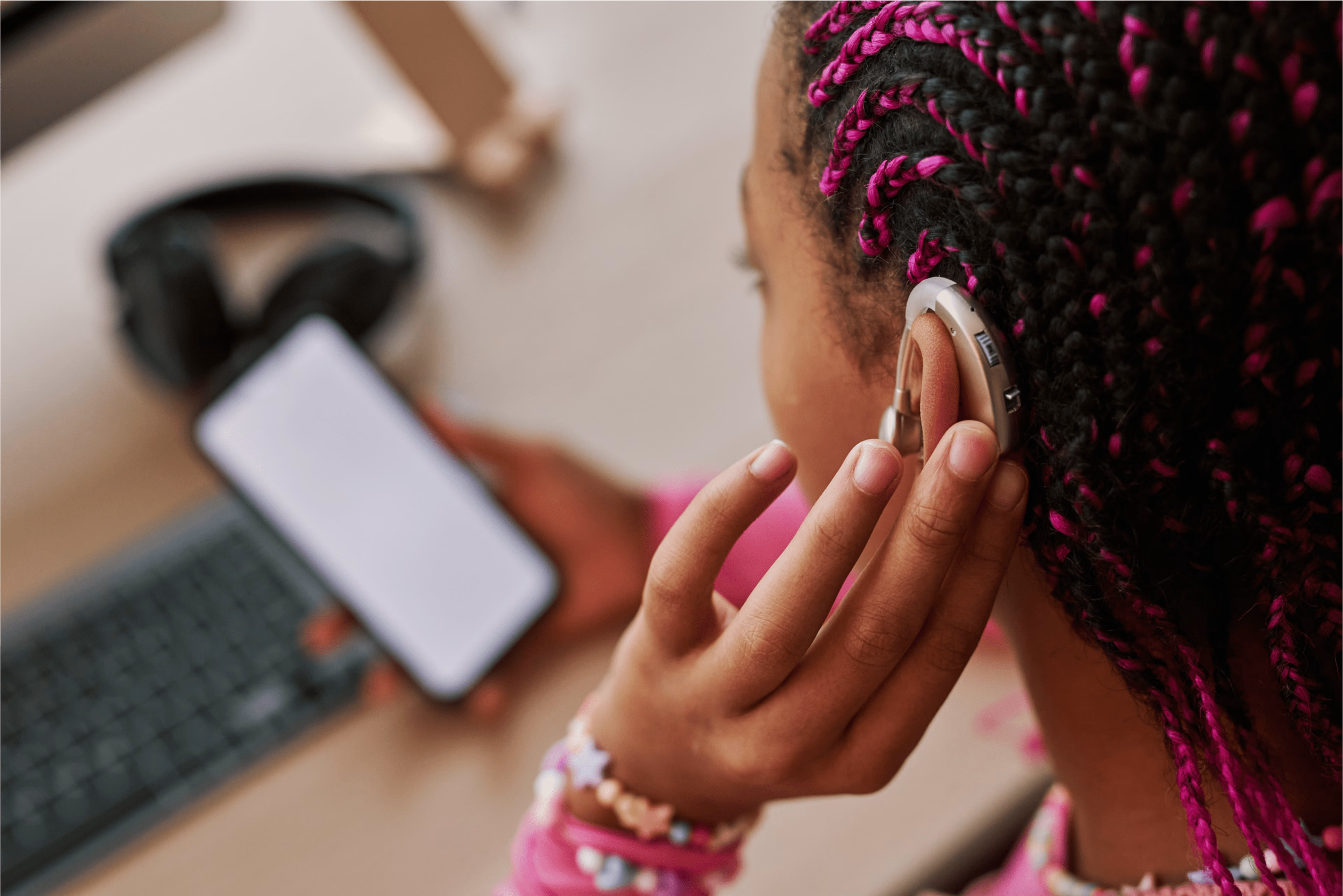Barometer highlights continued disparity between public and private sectors, exposes accountability gap
Paris, December 3rd, 2024 - The Contentsquare Foundation, an organization that champions digital accessibility, driving progress through education, advocacy, and support for research today released its second Digital Accessibility Barometer. Published on the International Day of Persons with Disabilities (IDPD), the report provides a snapshot of the current state of digital accessibility compliance in six countries.
Using the Web Content Accessibility Guidelines (WCAG 2.2) to assess levels of compliance across 17 accessibility criteria, the Barometer evaluates a total of 100 of the most visited websites across six countries - France, Germany, Italy, Spain, the United Kingdom and the US. The websites audited span various sectors, including public services, banking, media, and eCommerce.
Among the key findings:
Only 7% of websites score 9/10 or higher, with 71% of those high scorers coming from public sector organizations. Among 100 websites audited, only one banking site and one eCommerce site achieved top scores.
56% of websites audited lack accessibility statements, highlighting a significant gap in transparency and accountability in digital accessibility. Notably, websites with accessibility statements achieve higher average scores (6.9/10) compared to those without (6.0/10).
Public sector websites outperform the private sector overall, with an average score of 7.8, compared to 6.4 across all sectors audited.
Across Europe, public sector websites outperform private sector sites by 44%, highlighting the need for stronger enforcement mechanisms. In contrast, in the U.S., public sector websites score just 11% higher, as private sector websites are more heavily regulated under the ADA and face a significant rise in accessibility-related lawsuits.
E-commerce and Media scored the lowest out of all sectors audited, with scores of 5.4/10 and 5.8/10, respectively.
The US emerges as the top performer, with sites scoring an average of 7/10. This slight lead can be partly attributed to robust legal frameworks like the ADA (Americans with Disabilities Act), strong enforcement mechanisms, and an increase in high-profile class action lawsuits.
The Barometer’s findings underscore the pressing need for organizations to prioritize accessibility — not just to meet regulatory deadlines, but to deliver inclusive experiences for everyone. With 1.3 Billion people in the world living with a disability, digital inclusion should be a focus for organizations of all types, both in the private and public sectors.
One of the biggest obstacles to digital accessibility is lack of awareness and expertise within organizations, as well as resistance to change. Many companies underestimate the importance of accessibility or view it as a compliance burden rather than a critical component of user experience and inclusivity. Many of the most common online accessibility barriers can serve as valuable starting points for improving accessibility. Among them:
Media and moving content: Ensure videos and animations include captions and transcripts, and provide controls to pause or stop autoplay content to support users with disabilities or sensitivities.
Color and text adaptability: Improve color contrast for better readability and offer options to adjust text size, spacing, and contrast to support users with visual impairments.
Images: Add descriptive alt-text to images so that screen reader users can access important visual information.
Keyboard navigation: Ensure all interactive elements, such as menus and forms, are fully operable using a keyboard to accommodate users without mouse control.
Bridging the accessibility gap requires proactive measures, including investing in training programs to build internal expertise and fostering a culture of accessibility. You really need everyone on board — starting with your leadership team.
To view the full 2024 Digital Accessibility Barometer, please visit this link.
Methodology
The 2024 Digital Accessibility Barometer analyzed the 100 most visited websites across 6 countries - the U.S., Germany, the U.K., Spain, France, and Italy - focusing on the top 100 websites across four sectors: public services, banking, media, and e-commerce.
The total of 100 websites audited is distributed as follows:
France: 20 sites (5 per category)
Europe: 48 sites (3 per category across 4 countries: UK, Germany, Italy, Spain)
United States: 32 sites (8 per category)
Which means, 25 websites were audited in each of the four sectors.
Data from the audits conducted for this barometer are based on 17 WCAG 2.2 criteria. For each site, three pages were analyzed and given a score out of 10 per criteria, with 10 being the highest.
Given the limited sample of pages and criteria per website, this score provides an approximate assessment of accessibility levels. It should not be interpreted as an actual compliance rate and a 10 out of 10 score won’t represent full compliance or accessibility for the entire website.
About the Contentsquare Foundation
Founded in 2021, the Contentsquare Foundation is dedicated to promoting digital accessibility and advancing online inclusion through education, advocacy, and innovation.
The Foundation has trained over 12,000 individuals in the fundamentals of digital accessibility through free certification programs, webinars, and conferences, while raising awareness among more than 37,000 people. Its advocacy initiatives include launching the Digital Accessibility Barometer—first introduced in France in 2023 and expanding to six countries in 2024—and the Digital Accessibility Innovation Prize, which supports groundbreaking projects aimed at improving the daily lives of people with disabilities.
Media Contact
Erica Ashner - Erica.Ashner@Contentsquare.com
Contentsquare has been in business for 13 years since its founding in Paris in 2012. We offer a complete understanding of customer experiences across all touchpoints, our platform is designed to help businesses understand how users interact with their websites and mobile applications.
